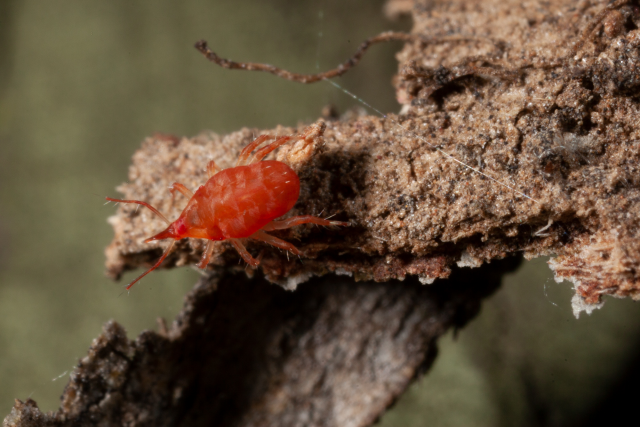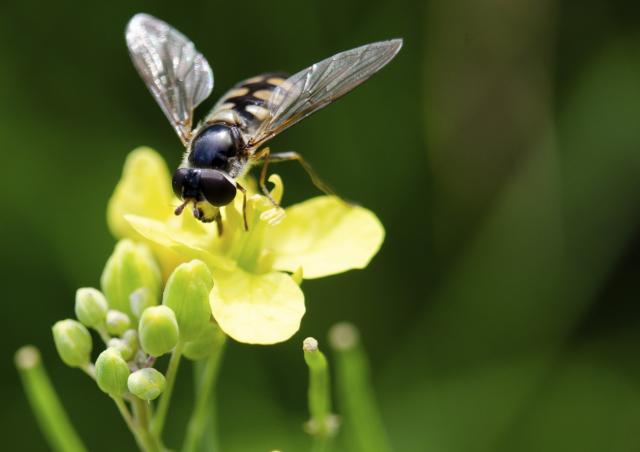Beneficial insects play an important role in farming and now understanding how and what chemistries to use to protect these ‘paddock helpers’ is easier than ever.
Healthy populations of beneficial insects suppress pests and despite grain growers’ desire to preserve these natural helpers, integrated pest management programs have been challenging, because there was no integrated, scientifically proven guide explaining the impact of commonly used insecticides.
Now as part of the Grains Research and Development Corporation’s (GRDC), Australian Grains Pest Innovation Program (AGPIP), in partnership with Cesar Australia and the University of Melbourne, the Beneficials Chemical Toxicity Table provides a guide for farmers and agronomists when selecting insecticides that cause minimal harm to beneficial insects.
Developed in consultation with grain growers and chemical industry representatives, the table summarises the impacts of various insecticidal and miticidal active ingredients on a range of beneficial insects, such as ladybird beetles, parasitoid wasps, predatory mites, lacewings and hoverflies.
The research focused on chemicals, field rates, growing environments, pests and beneficials specific to the grains industry, and this was the first time that such a guide had been developed for Australian broadacre cropping.
South Australian agronomist Hamish Verco said the toxicity guide had become a valuable reference tool in the field.
“I work in the organic/biological space, so my recommendations are often to avoid insecticides all together, but this is not always possible,” Mr Verco said.
“So, where growers must, it is great to empower them with knowledge on what products they can use that may have less effects on beneficials.”
By utilising the Beneficials Chemical Toxicity Table, growers can make targeted spray decisions that minimise harm to essential beneficial insects and maximise biological control against a specific pest.
For instance, if a grower struggling with aphids has observed the presence of parasitoid wasps in their fields, they can opt for an insecticide that exhibits low toxicity towards the parasitoids and if a farmer doesn’t know what beneficials are present in their paddocks, the table can be used to select pesticides with the lowest toxicity to beneficials but target generalist predators like rove beetles.
The table can be access under ‘resources’ on the Cesar Australia website.








